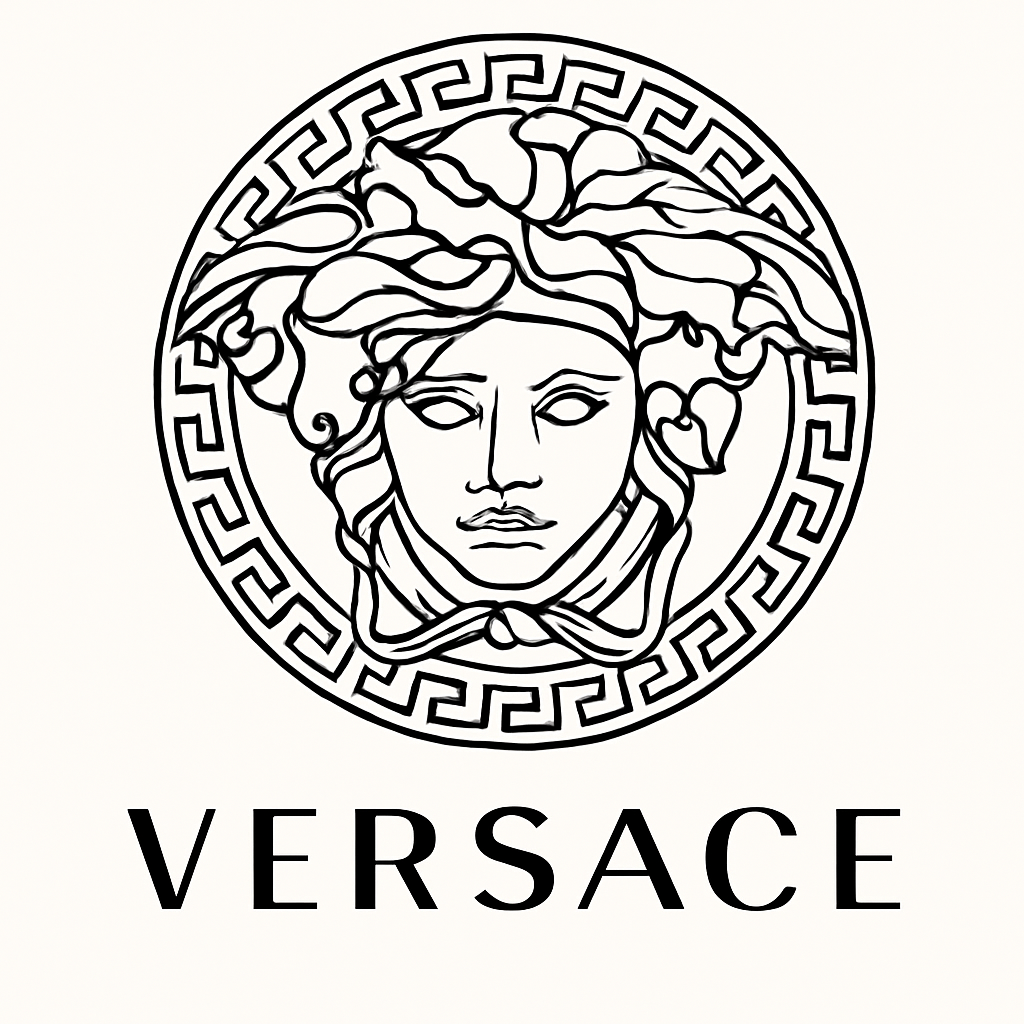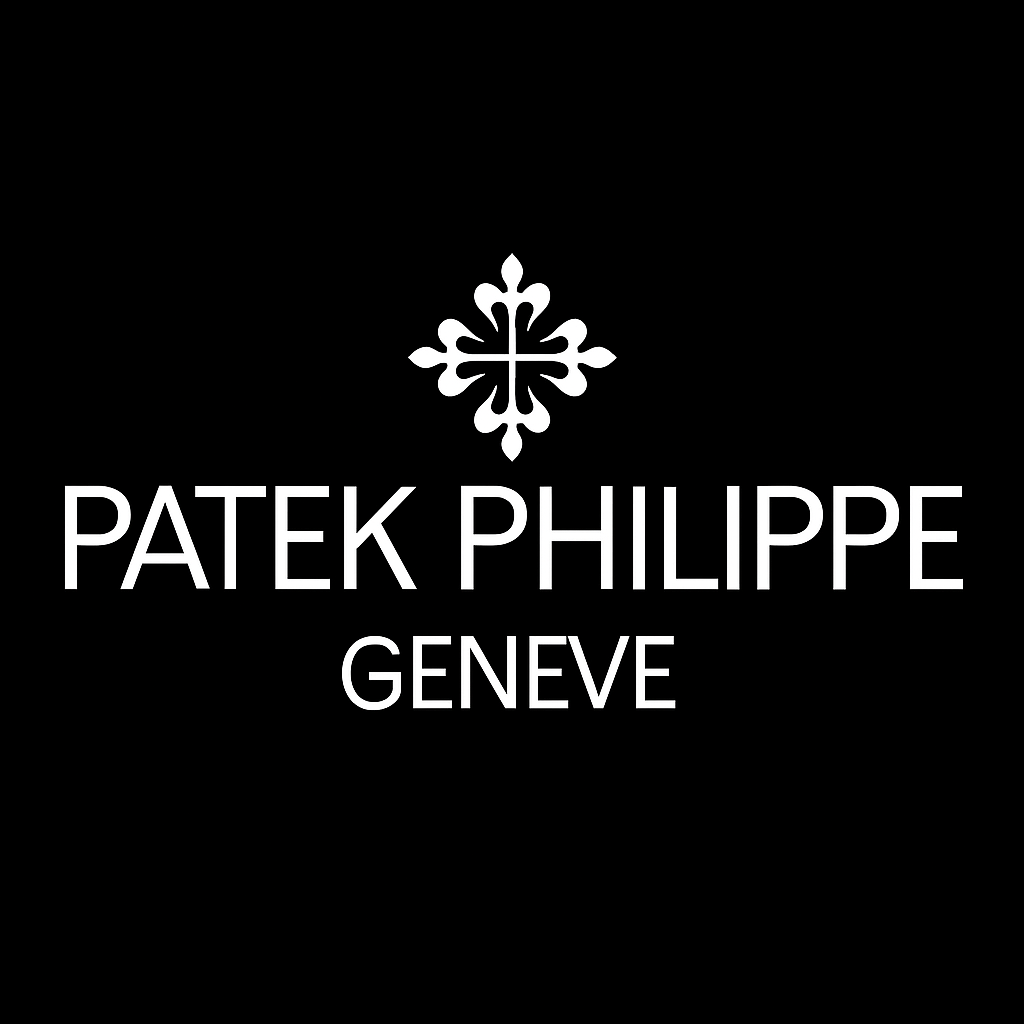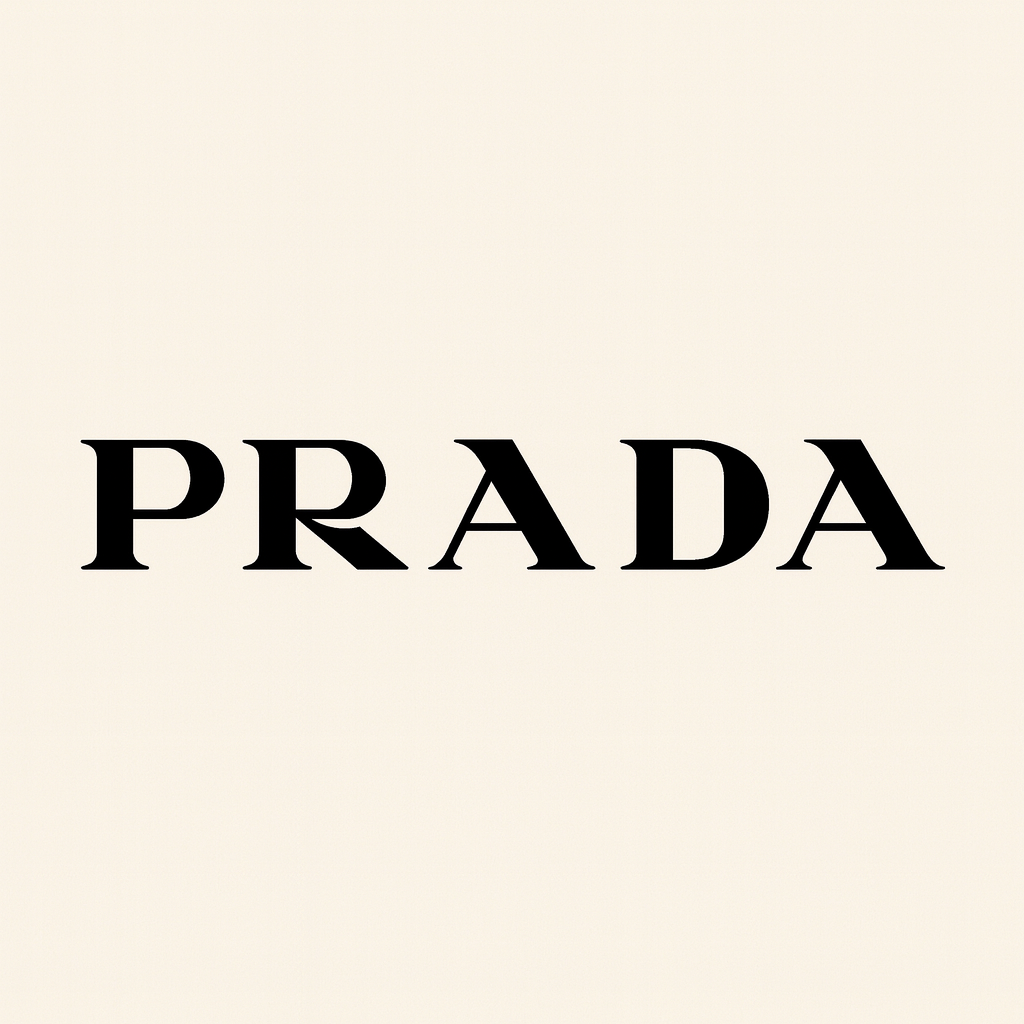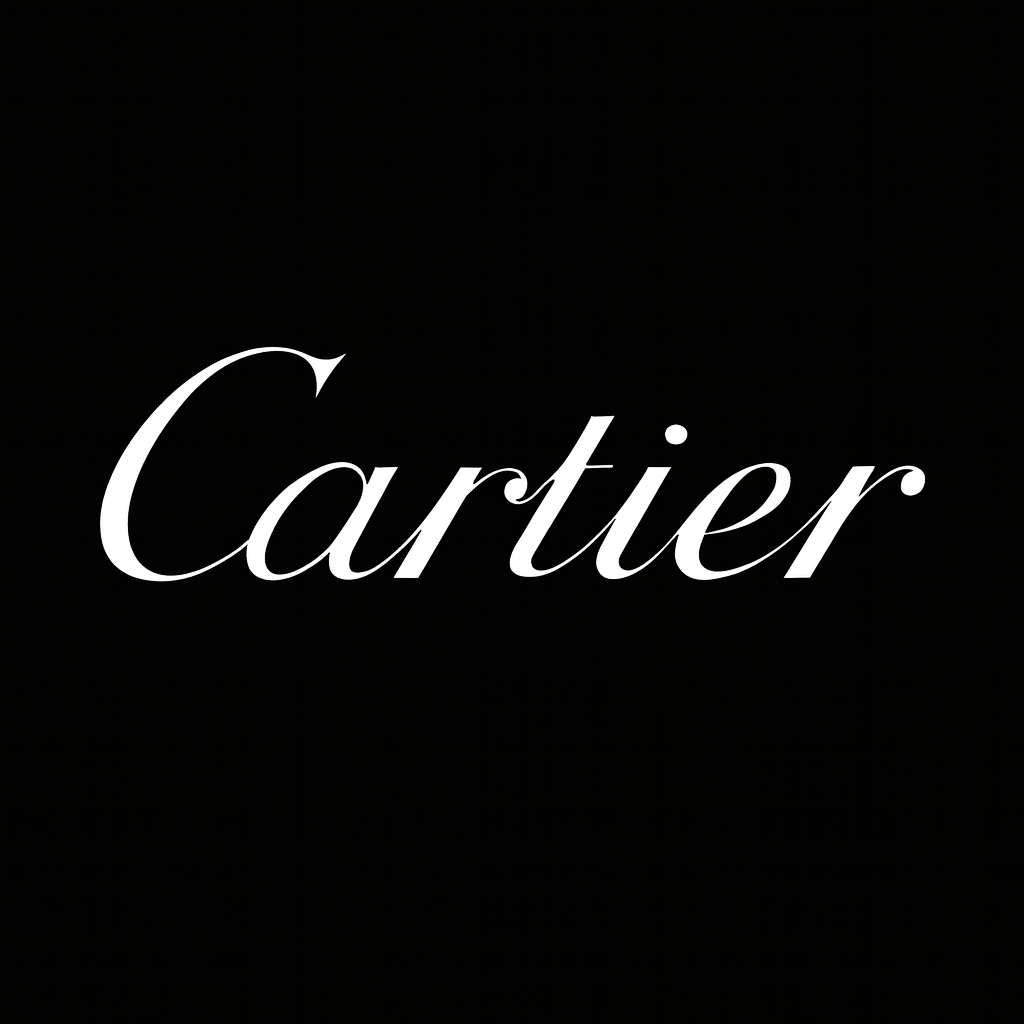
Versace
The Italian luxury fashion house Versace stands as a unique case study in the global luxury market, defined by an unwavering commitment to maximalism, bold cultural presence, and a complex corporate history. Gianni Versace S.p.A. was founded in 1978 in Milan. Gianni Versace established his own company with essential backing from the Italian fashion family Girombelli and immediately launched his first ready-to-wear show that same year. The rapid professionalization of the business was secured by a foundational leadership structure centered on the Versace family trio. This setup put the right people in the right seats from day one, the key for fast growth. Gianni Versace was the visionary founder and chief designer. His older brother, Santo, ran the business as CEO, setting strategy and keeping the company steady. Their sister, Donatella, worked as a designer, served as vice president, and acted as a driving muse. Having Santo as a dedicated business lead gave the brand immediate, professional management (something many creator-led labels struggle to build). By cleanly splitting roles, Gianni had the freedom to produce bold, high-volume work. That stability powered rapid scaling and quick cultural impact, setting Versace apart from rivals who stumbled early with scattered creativity or shaky finances.
Gianni Versace’s core philosophy was built upon the principle of freedom, aiming to empower fearless self-expression through every touchpoint, spanning fashion, fragrance, interiors, and hospitality. In 1978, he sought to revolutionize the fashion industry by introducing "bold, opulent, and innovative designs" that would instantly set his brand apart.
Versace’s vision leans into “deeply human truths and contradictions,” fusing strength with sensuality. Gianni’s attachment to the body was explicit: “I like the body. I like to design everything to do with the body”, and it drove sensual, daring pieces like chain-mail mini-dresses and provocative corsets. He was proudly anti-convention, insisting it’s “the responsibility of a designer to try to break rules and barriers.” That stance casts Versace as a luxury house fundamentally at odds with rigid norms, championing unapologetic self-expression. For customers, this founding story of rebellion and sensuality isn’t just marketing, it’s an identity to buy into, a way to stand apart. Luxury thrives on uniqueness, and by grounding its vision in rebellion, Versace established an emotional connection that helps sustain its high price points and distinct status.
Perhaps no element of the Versace identity is more instantly recognizable than its logo, the head of Medusa, which has remained largely unchanged since its introduction in 1978. Gianni Versace, a native of Reggio Calabria, Italya region historically part of ancient Maeater Greece)was deeply inspired by classical Hellenic influence. He personally chose the Medusa figure from Greek mythology, believing it represented a bold and powerful image that would embody his designs
Medusa, a figure with hair of flowing snakes is both beautiful and dangerous, a perfect mirror of the House’s drama. She stands for feminine power, beauty, and wisdom. Donatella Versace has summed it up best:
Medusa can “petrify people with a look—which is a good thing, I think.”
That choice fits the brand’s luxury strategy: Versace sells a dream. Picking a figure whose gaze turns you to stone is deliberately emotional, not logical (exactly the point of intoxicating, emotional luxury). The logo isn’t just decoration; it’s a strategy. Medusa instantly signals glamour, sophistication, and pure social prestige. When you wear it, you’re meant to be unforgettable and captivating, and hypnotic power of beauty and allure.
The Reign of Barocco
Versace’s aesthetic foundation is deeply rooted in highly stylized, opulent prints, most notably the iconic Barocco motif. It is characterized by being dynamic, exaggerated, dramatic, and intensely detailed, utilizing motifs like flowers, acanthus leaves, and royal crowns. Gianni successfully transposed these high-art principles, which were full of life and theatricality, into contemporary fashion. He created movement through shapes and curves, and through sharp color contrasts, especially the signature pairing of gold and black. This process reinterpreted historical grandeur, creating "pop-art" luxury that blended the ornamental with the repetitive patterns common in fashion, such as chains, meanders, and the Medusa head emblem. Under Donatella Versace, the House continued to wield these codes of luxury and classicism, dedicated to an uncompromising quality in design and a "bold classicism".
Iconic Moments
Gianni Versace’s edge wasn’t only in design, it was in building (and shaping) celebrity culture. He saw the pull of the 1990s supermodels (Naomi Campbell, Cindy Crawford, Christy Turlington, Claudia Schiffer) and put them at the center of his world. They led the campaigns, they owned the runway, and, by design, the line between high fashion, fame, and pop culture got beautifully blurred. The defining moment came when Gianni sent them out arm-in-arm, lip-syncing George Michael’s “Freedom.” With that, Versace stood at the heart of the new pop-culture machine. The effect worked both ways: the models became true household names, and Versace’s visibility leapt far beyond the typical luxury crowd, turning the house itself into a global name. It was smart co-creation: the brand helped make modern celebrity, and that celebrity fed the brand in return, locking in long-term media power.
One of Versace's cultural milestones was the introduction of the Elizabeth Hurley "Safety-Pin" Dress in 1994. She wore the black silk and lycra gown, held together by oversized gold safety pins, to the premiere of Four Weddings and a Funeral. The provocative, neo-punk design instantly made Hurley a global media figure and remains one of Versace's best-known creations
An even more significant moment happened six years later with the Jennifer Lopez "Jungle Dress" (2000). When Lopez wore the iconic green jungle print dress to the Grammy Awards, the reaction was instant and global. Millions rushed online to find the photo, overwhelming search demand. Google's Eric Schmidt (who later became Google’s CEO) has said this spike showed people needed a way to search images, not just links, leading directly to the launch of Google Images in 2001. The J.Lo dress case is a rare, well-documented case of fashion driving tech, and proof of Versace’s power to generate cross-sector cultural capital and total media saturation.
Following Gianni’s tragic death in 1997, Donatella Versace masterfully took over the creative directorship and infused the collections with a stronger focus on "feminine power" , shifting the narrative from Gianni's overt sensuality to one of confidence, self-expression, and strength.She perceives fashion as a "weapon that you can use when you need it" and a source of control. This evolution ensures the brand remains highly relevant to modern consumer demands for empowerment and individuality, while preserving the signature boldness and high-octane glamour that defines Versace.
Versace extends beyond apparel to build a full luxury system. Versace Home turns brand codes (Barocco, Medusa, gold-and-black) into furniture and décor, reinforcing identity in daily life while adding stable licensing revenue. In hospitality, Palazzo Versace (Dubai, Gold Coast) is deliberate unrelated diversification: an immersive, high-touch setting where clients “live” the brand. Fashion and luxury hotels share the same goal: extraordinary, authentic experiences; so the hotels operate as continuous brand theaters and premium customer acquisition.
Versace was acquired by Capri Holdings, but it wasn’t a success story. Capri paid $2.1B for Versace to build a multi-brand luxury group. The deal came with real fixes to make: Versace earned only €15M on €668M revenue in 2017. The challenge for Capti was balancing the need for operational improvements (reducing costs and increasing profitability) without damaging the distinct, non-conformist brand authenticity that is Versace’s unique market advantage. In August 2023, Tapestry agreed to buy Capri for $8.5B, creating a six-brand U.S. rival to LVMH/Kering. In October 2024, the FTC moved to block the deal over competition concerns (especially in luxury handbags), and the companies terminated the merger.
The real question is what comes next: how Capri brings the debt down, fast and clean, without selling off the brand’s magic?
I guess we have to wait and see...
By
November 23, 2024
.png)
.png)



